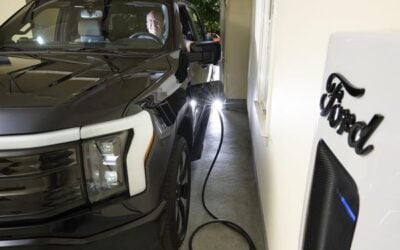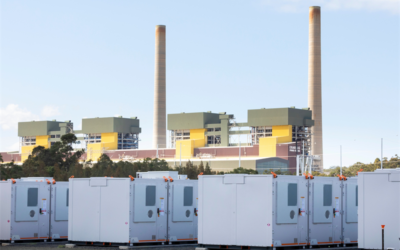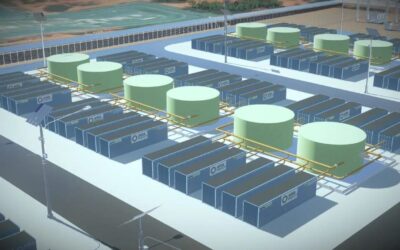
The Australian federal government’s 2024-2025 budget includes a major investment in clean energy manufacturing and an energy bill rebate for households.
Treasurer Dr Jim Chalmers announced the budget last night (14 May). It covers fiscal policy for the next decade and comes a year ahead of the deadline for holding the country’s next general election.
Two main themes that emerged in Chalmers’ speech were the cost-of-living crisis and the need to invest in the economy, specifically the green economy, by onshoring clean energy manufacturing, and turning Australia into a “renewable energy superpower,” the treasurer said.
Among the cost-of-living measures announced was a non-means-tested AU$300 (US$199.34) energy bill rebate for all households and AU$325 for small businesses over the next financial year, paid quarterly.
Try Premium for just $1
- Full premium access for the first month at only $1
- Converts to an annual rate after 30 days unless cancelled
- Cancel anytime during the trial period
Premium Benefits
- Expert industry analysis and interviews
- Digital access to PV Tech Power journal
- Exclusive event discounts
Or get the full Premium subscription right away
Or continue reading this article for free
Meanwhile, the Labor government’s plan, Future Made in Australia, will see AU$22.7 billion invested over the next ten years aimed at maximising “the economic and industrial benefits of the international move to net zero,” as well as securing the country’s place “in a changing global economic and strategic landscape,” Chalmers said.
“We know the global energy transformation represents a golden opportunity for Australia. The world is changing, the pace of that change is accelerating, and our approach to growth and investment needs to change as well,” Chalmers said.
“If we hang back, the chance for a new generation of jobs and prosperity will pass us by – and we’ll be poorer and more vulnerable as a consequence. This Budget invests in our renewable energy superpower ambitions.”
Future Made in Australia: Onshoring value chain, tax incentives for hydrogen
Future Made in Australia will make it simpler for global and domestic capital to be invested in the country by creating investment proposals aligned with the national Net Zero Economic Authority, the government claimed.
As has been seen in other maturing renewables markets such as the US, bottlenecks in the permitting and approvals process are holding up development and AU$168 million has been committed to prioritising approval decisions for nationally significant renewable energy projects.
The Australian Renewable Energy Agency (ARENA) will be backed with AU$3.2 billion funding over the decade, with just over half of that money going to a Future Made in Australia Innovation Fund for critical clean energy technologies including batteries and low-carbon fuels.
There will also be tax incentives for green hydrogen production, funding for early adopters of hydrogen technologies and AU$17.1 million for the National Hydrogen Strategy.
Other spending pledges include AU$27.7 million to improve integration of consumer-sited (behind-the-meter) energy resources including rooftop solar PV and household battery storage, AU$48 million to reform the Australian Carbon Credit Union Scheme and AU$63.8 million to reduce emissions in the agricultural and land sector.
Chalmers noted that the Capacity Investment Scheme (CIS), which underwrites contracts for renewable energy and firm dispatchable renewable resources i.e., renewables backed with storage, will unlock AU$65 billion total investment as it targets the deployment of 32GW of clean energy with 9GW of energy storage.
The CIS is currently in its initial pilot phase of nationwide tenders, with rollouts in Victoria, South Australia, Western Australia and most recently, New South Wales.
With Australia’s economy heavily reliant on the mining sector, and with abundant resources in metals and other materials used in cleantech industries such as solar and batteries, as well as in legacy industries like coal, the government has also introduced a 10% Critical Minerals Production Tax Incentive.
The incentive will apply to critical minerals processed and refined between the years 2027-2028 and 2039-2040, with an estimated AU$7 billion of government investment earmarked over the period.
Among various other spending pledges in directly related or adjacent sectors, the government is also budgeting AU$1.5 billion for its Solar Sunshot Program and Battery Breakthrough Initiative, aiming to strengthen domestic supply chains for both technologies.
Energy-Storage.news’ publisher Solar Media will host the 1st Energy Storage Summit Australia, on 21-22 May 2024 in Sydney, NSW. Featuring a packed programme of panels, presentations and fireside chats from industry leaders focusing on accelerating the market for energy storage across the country. For more information, go to the website.





